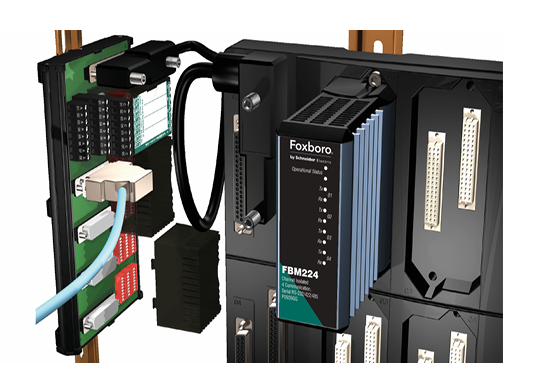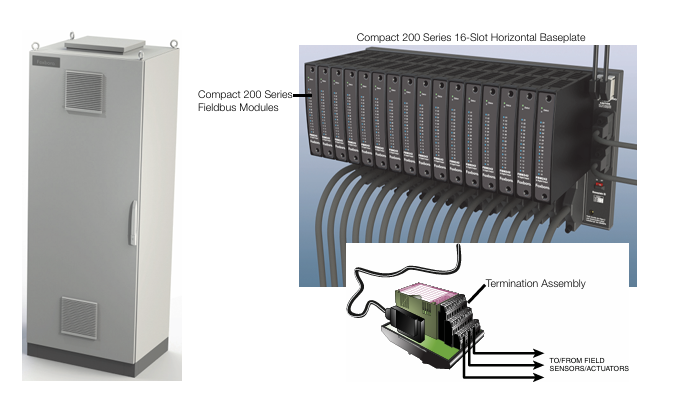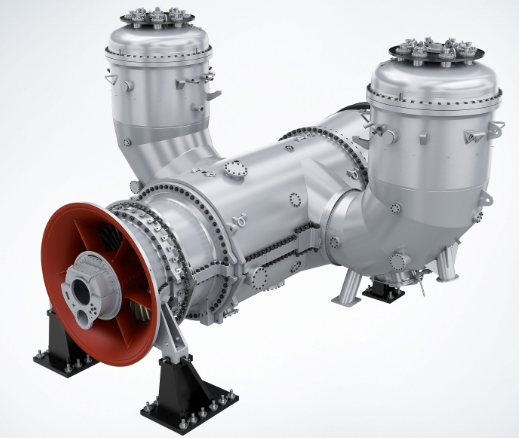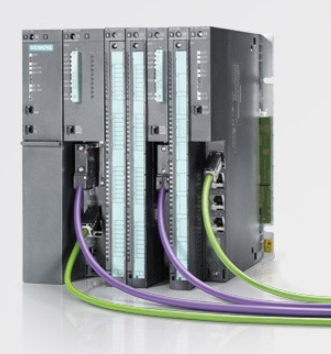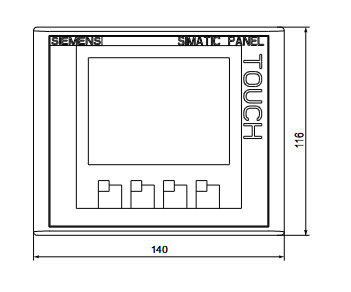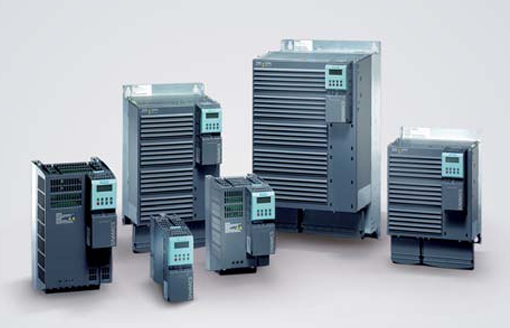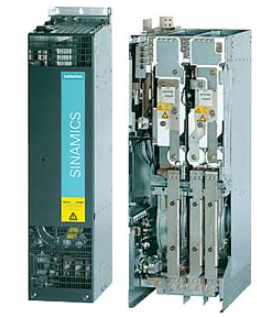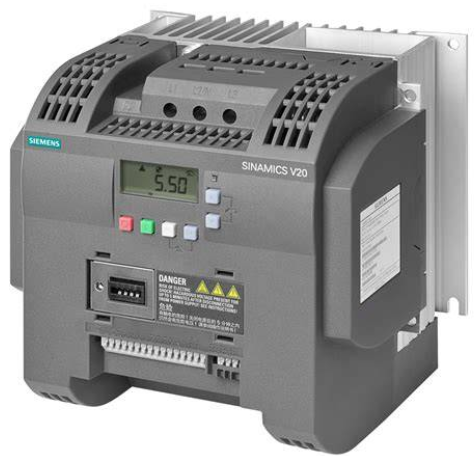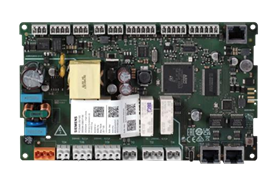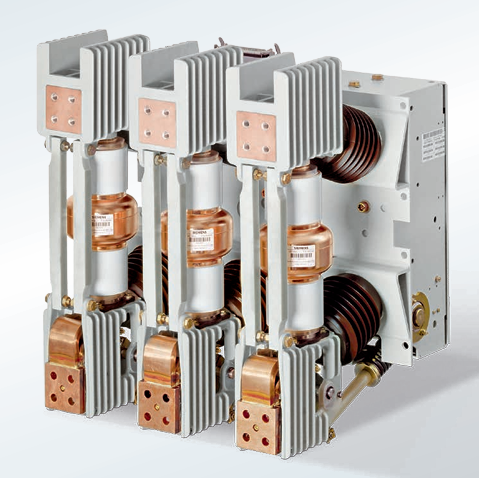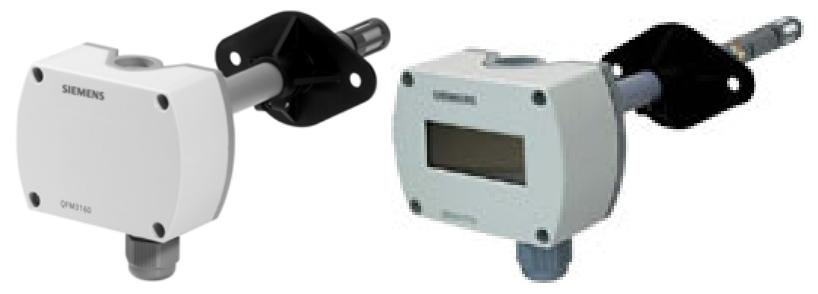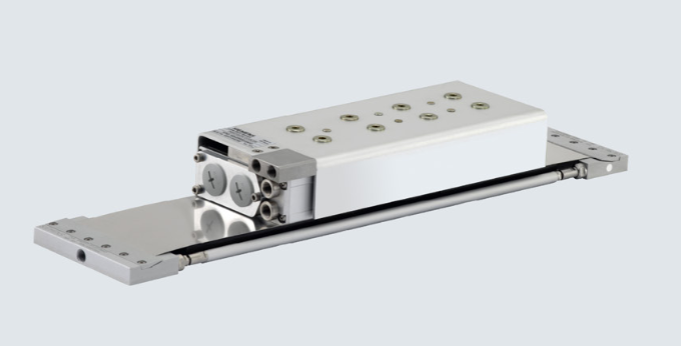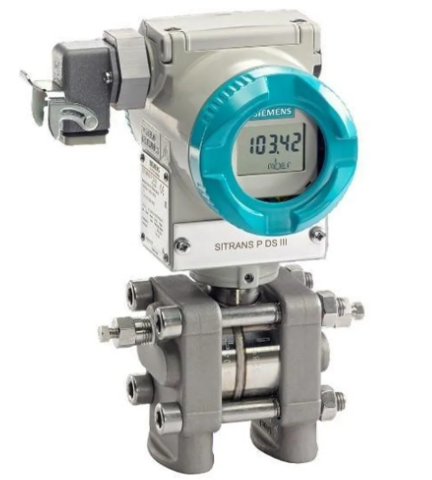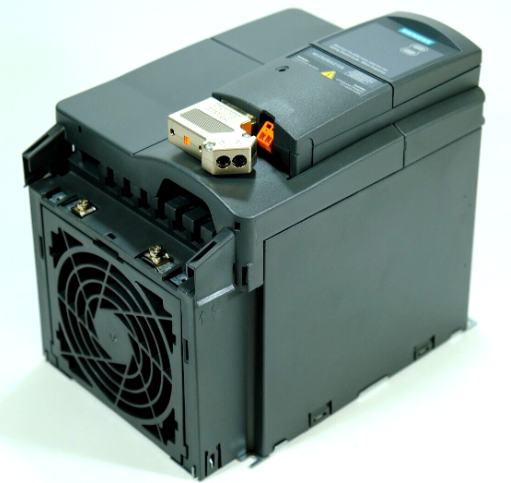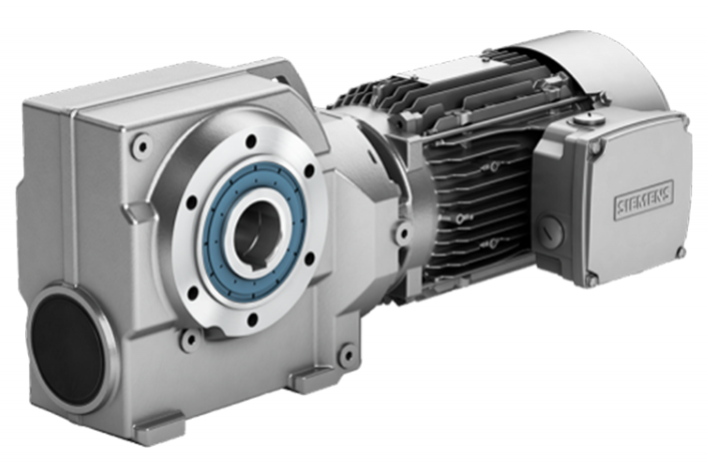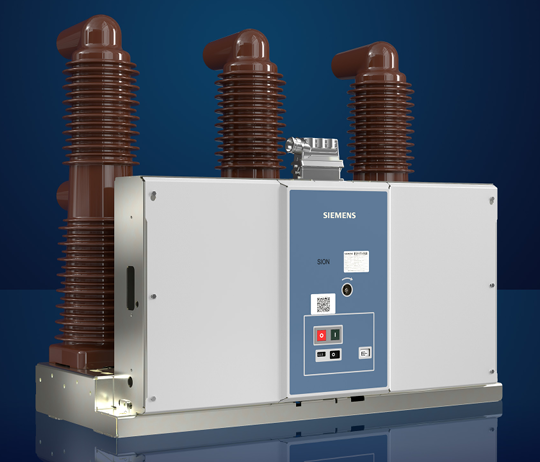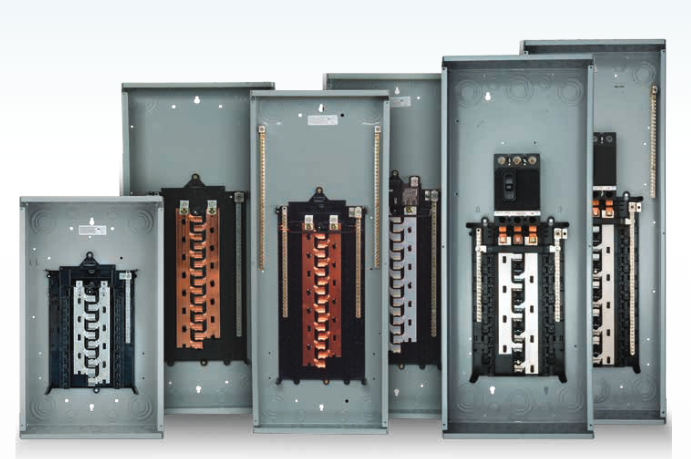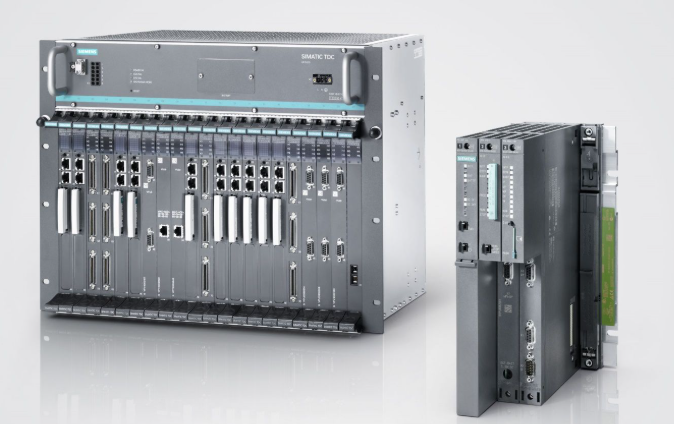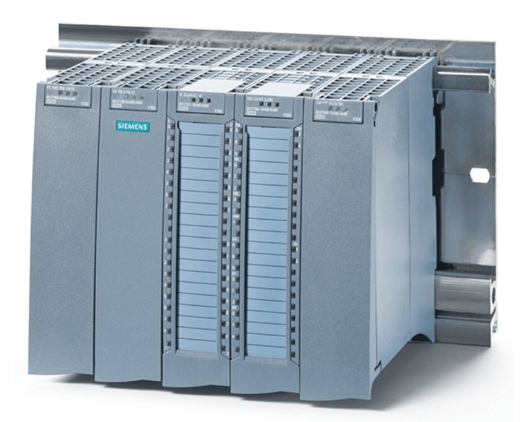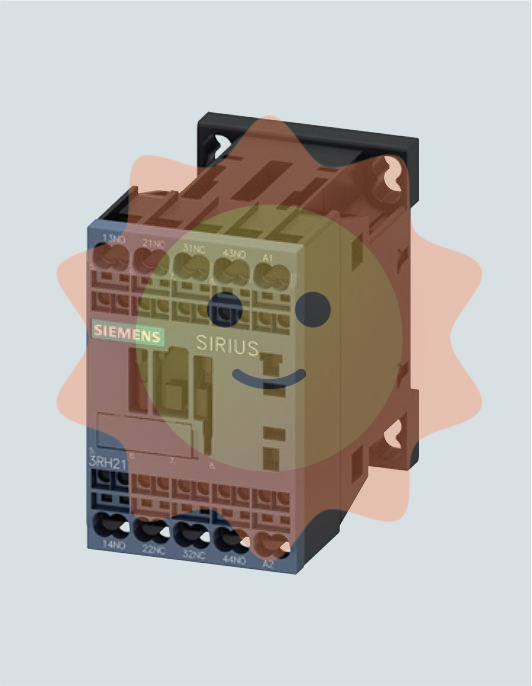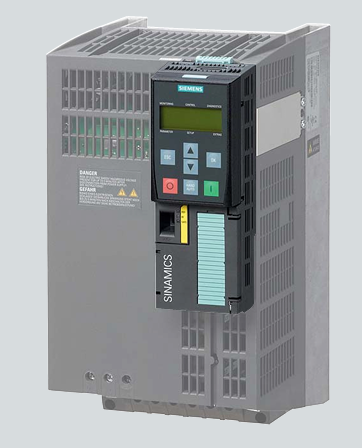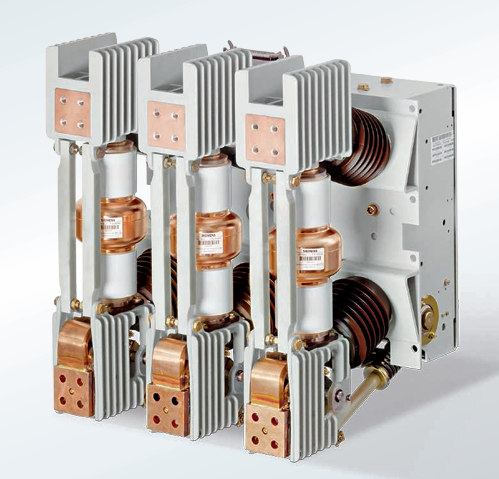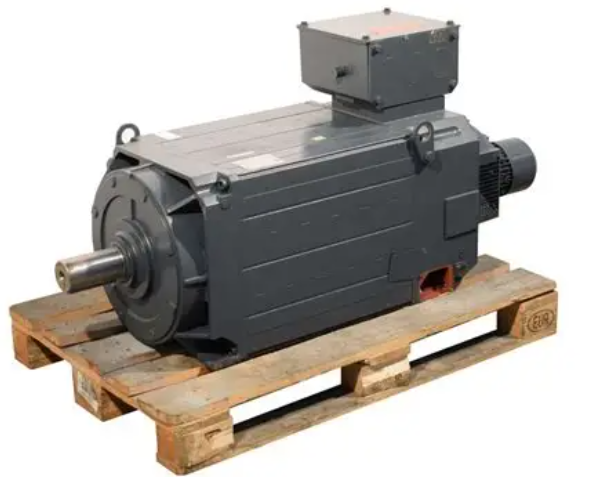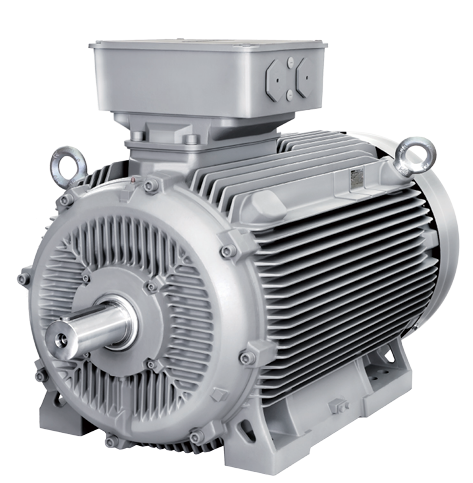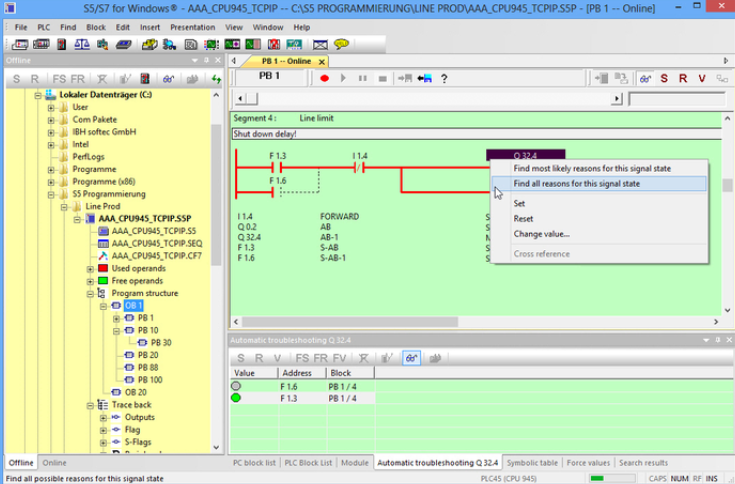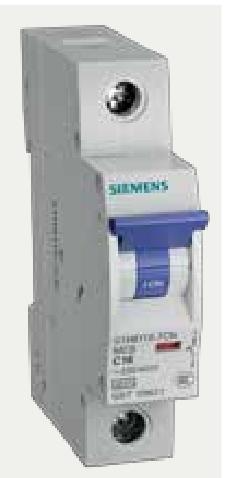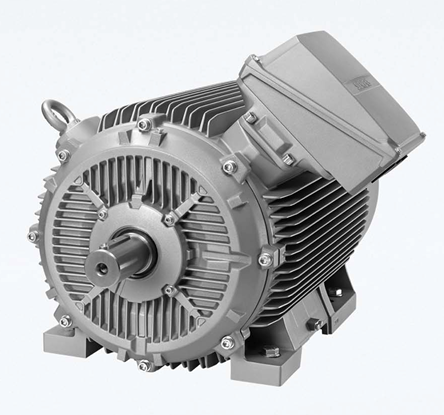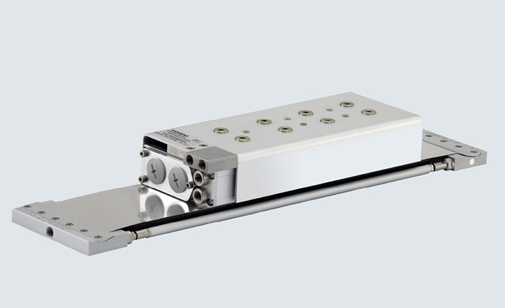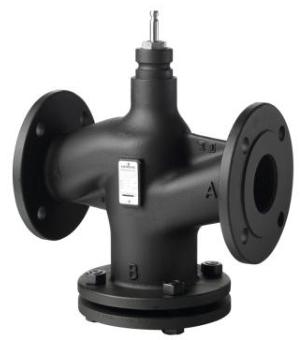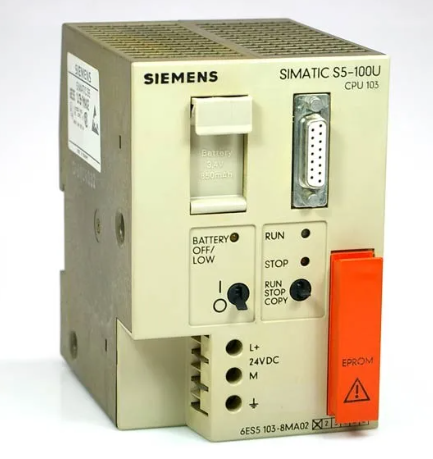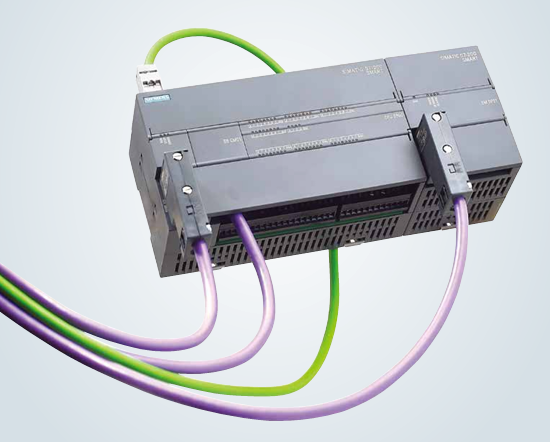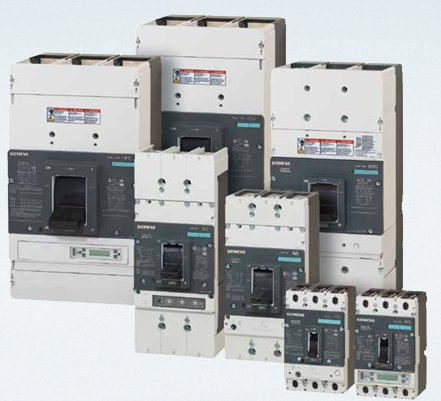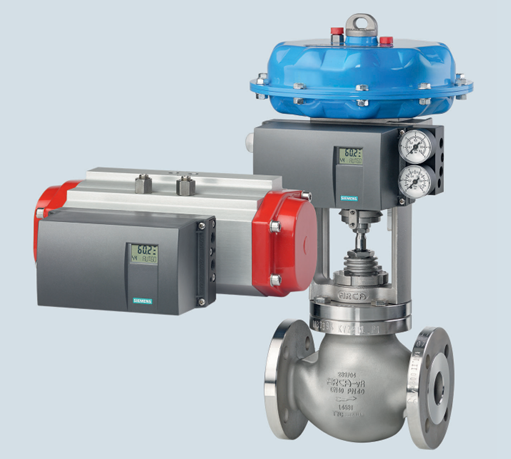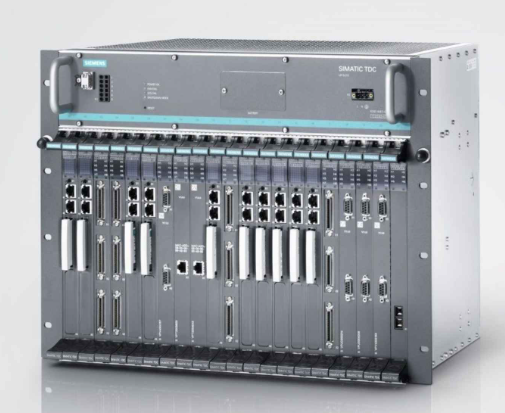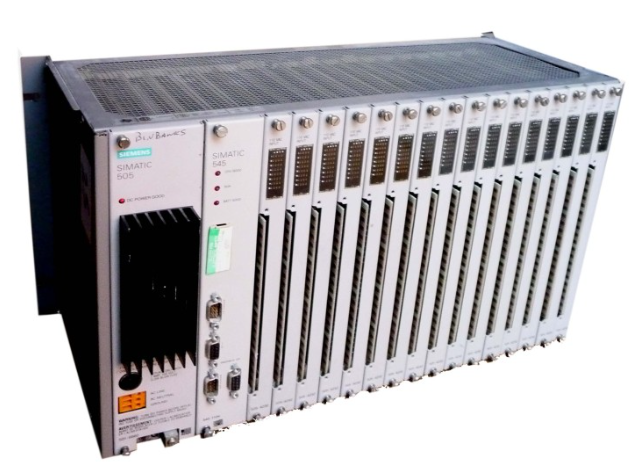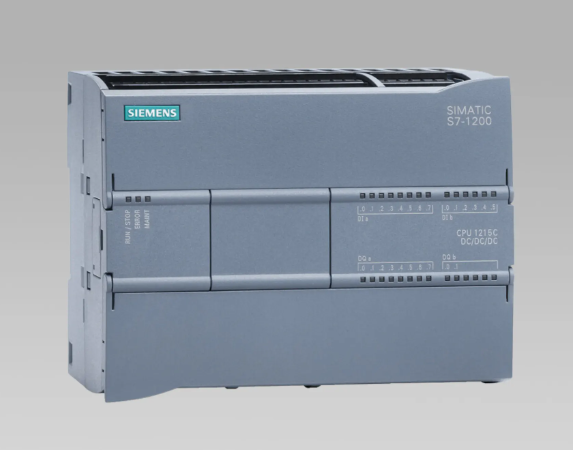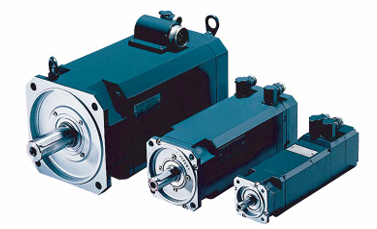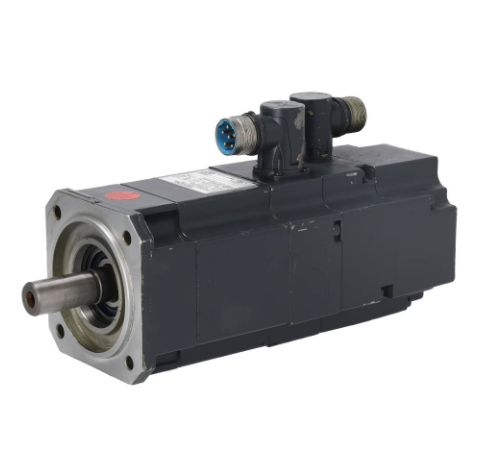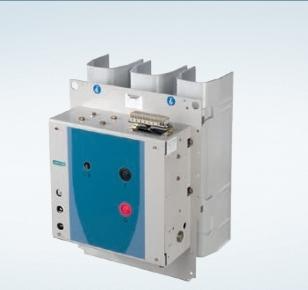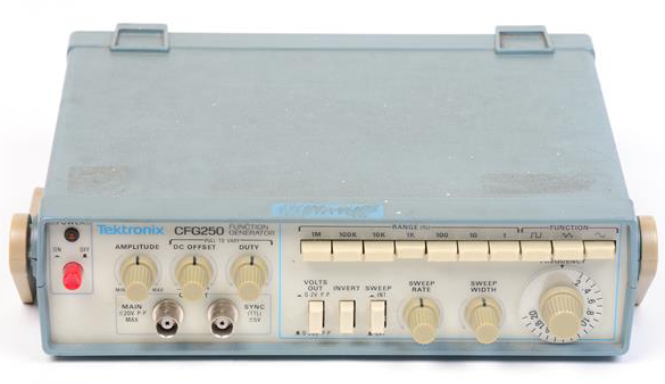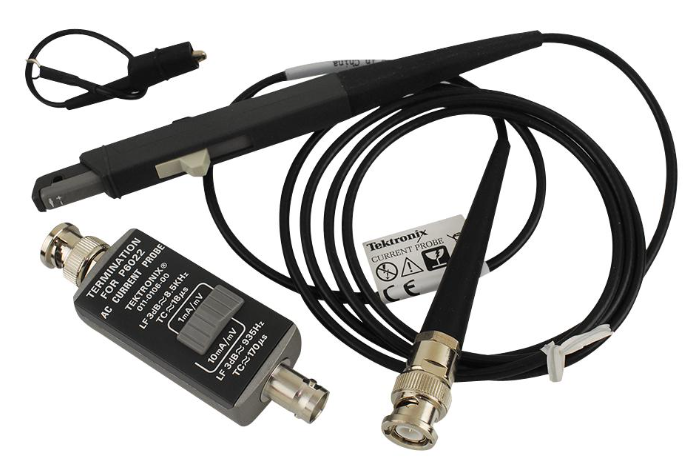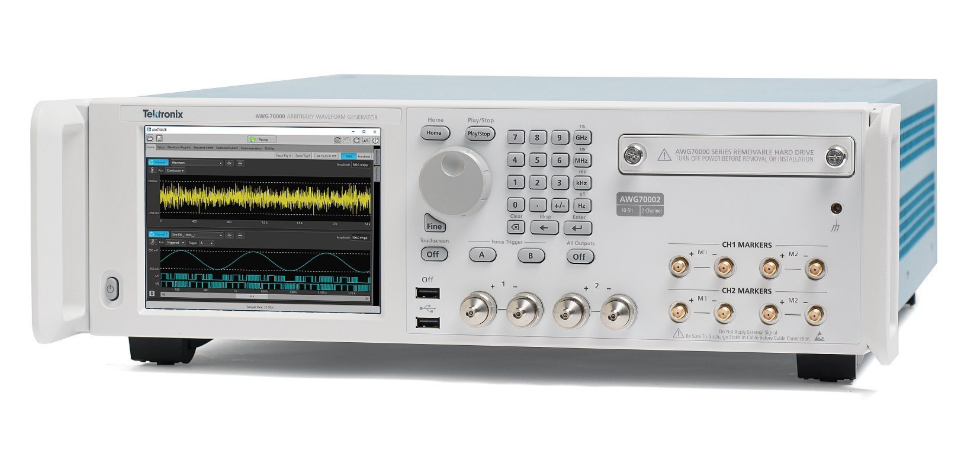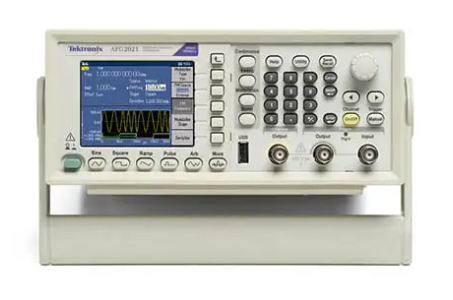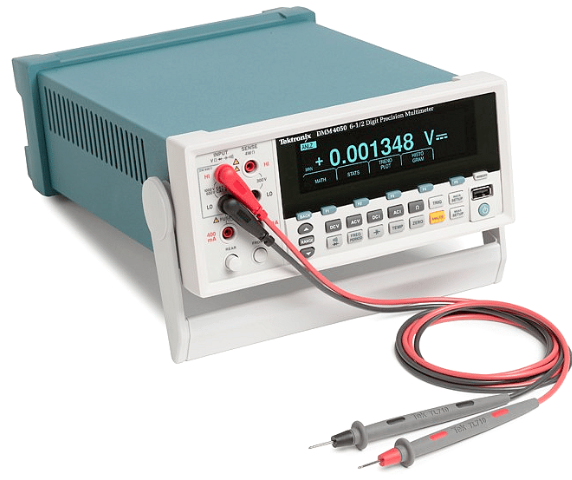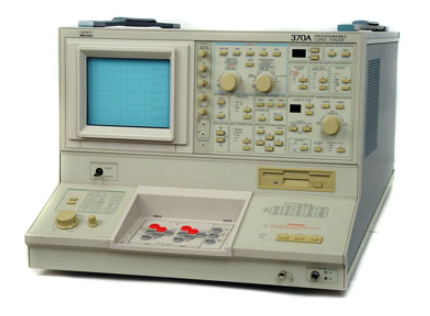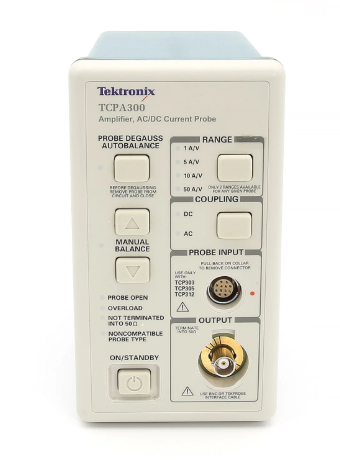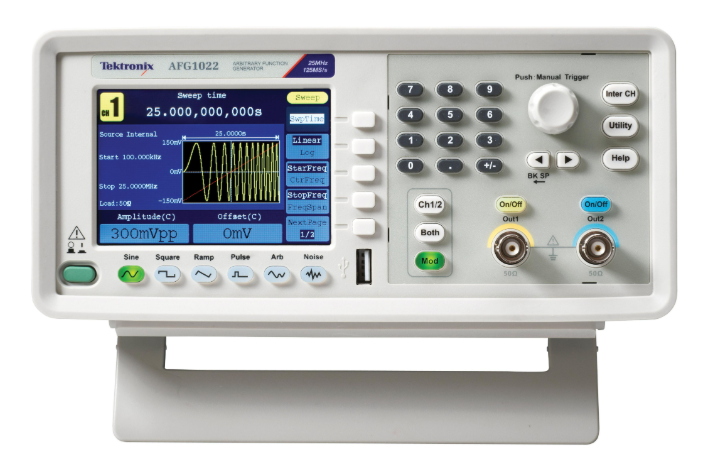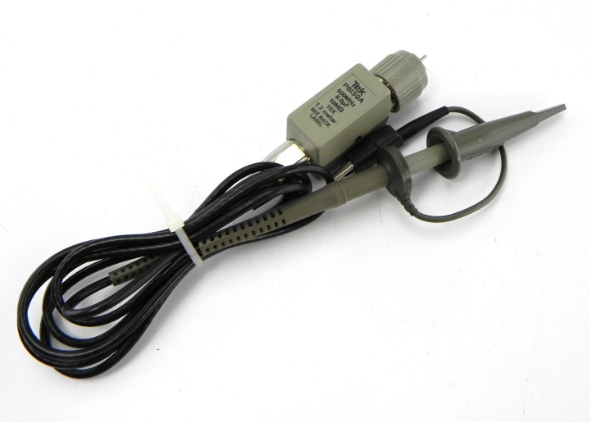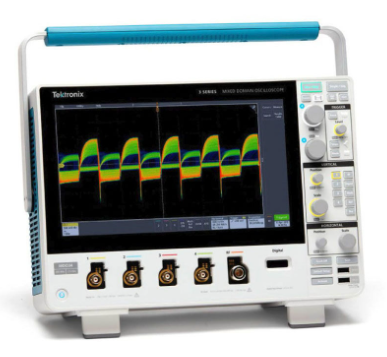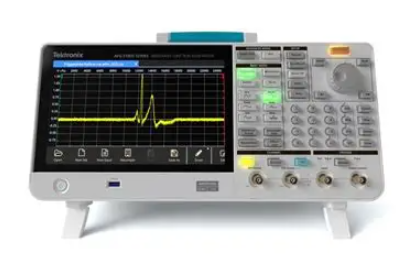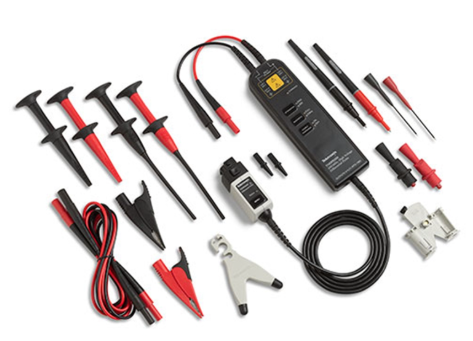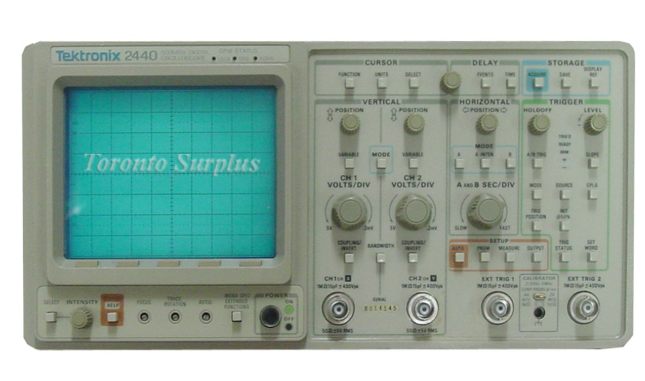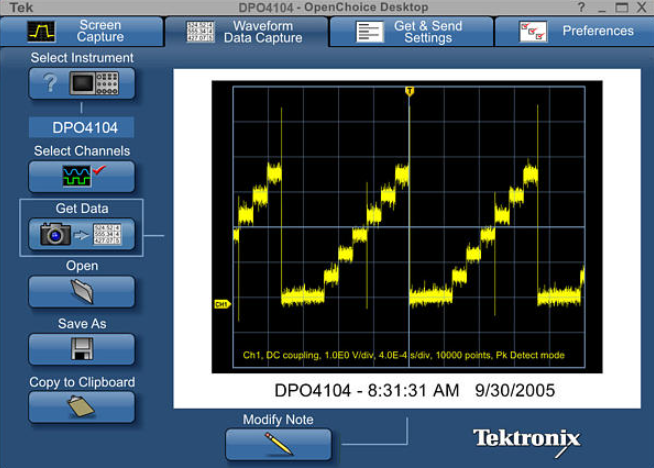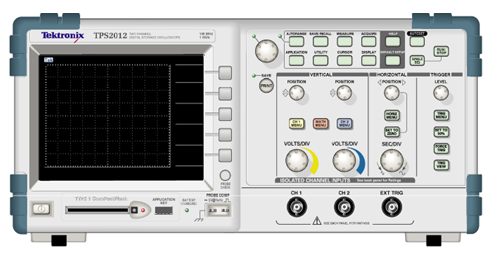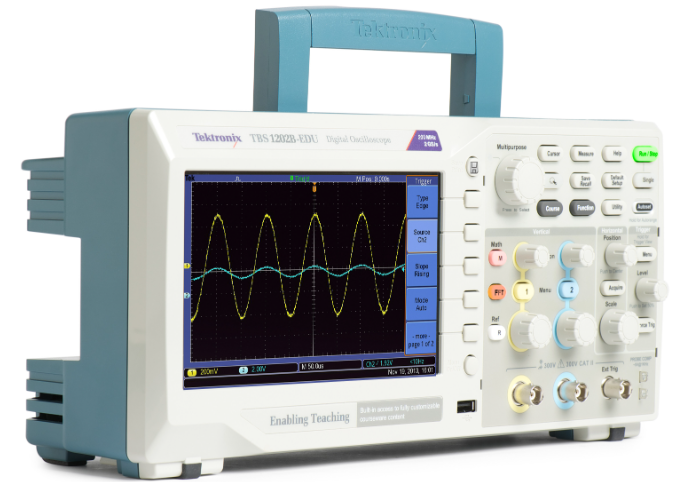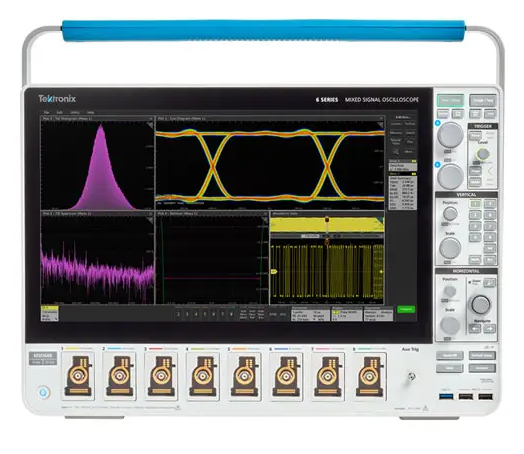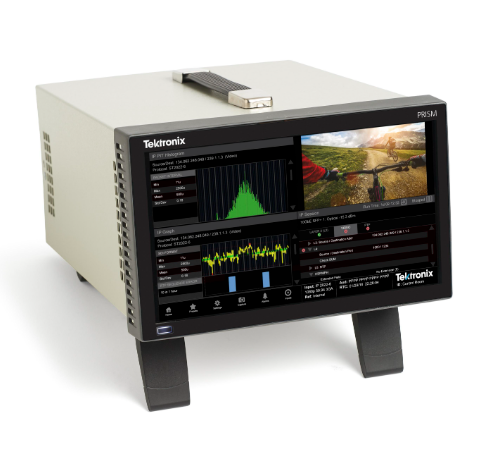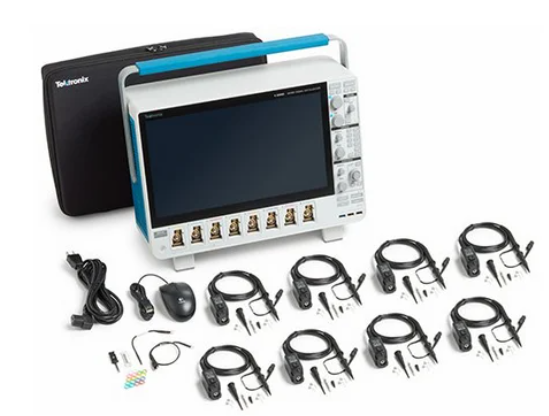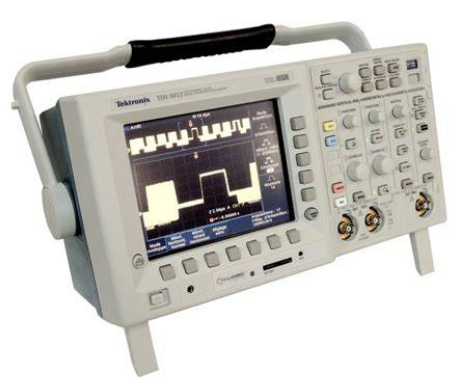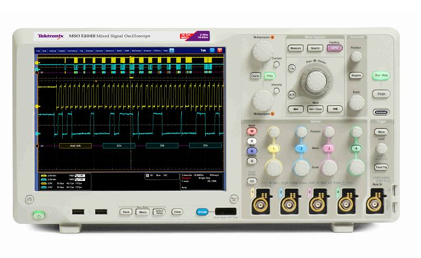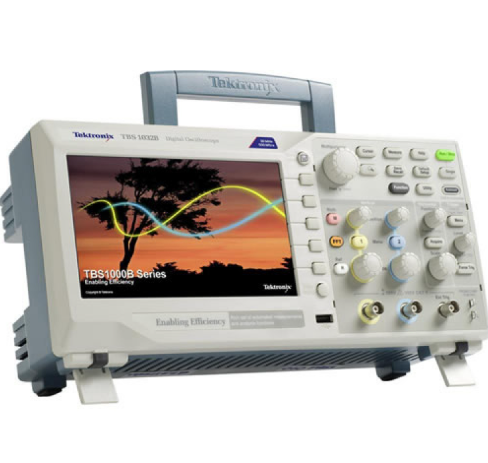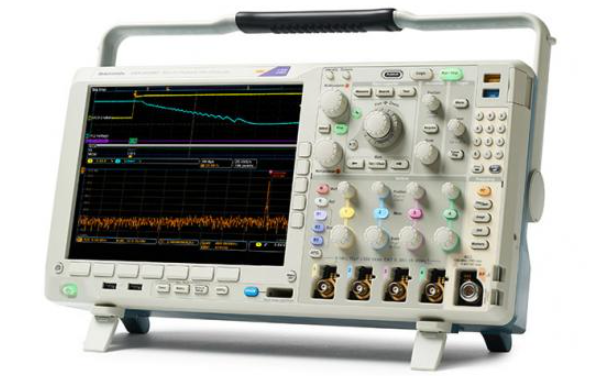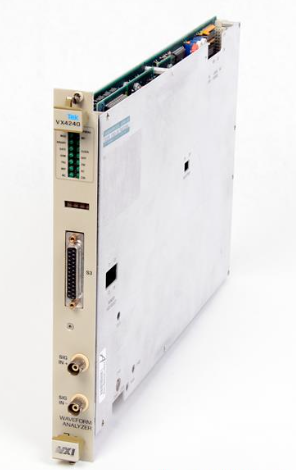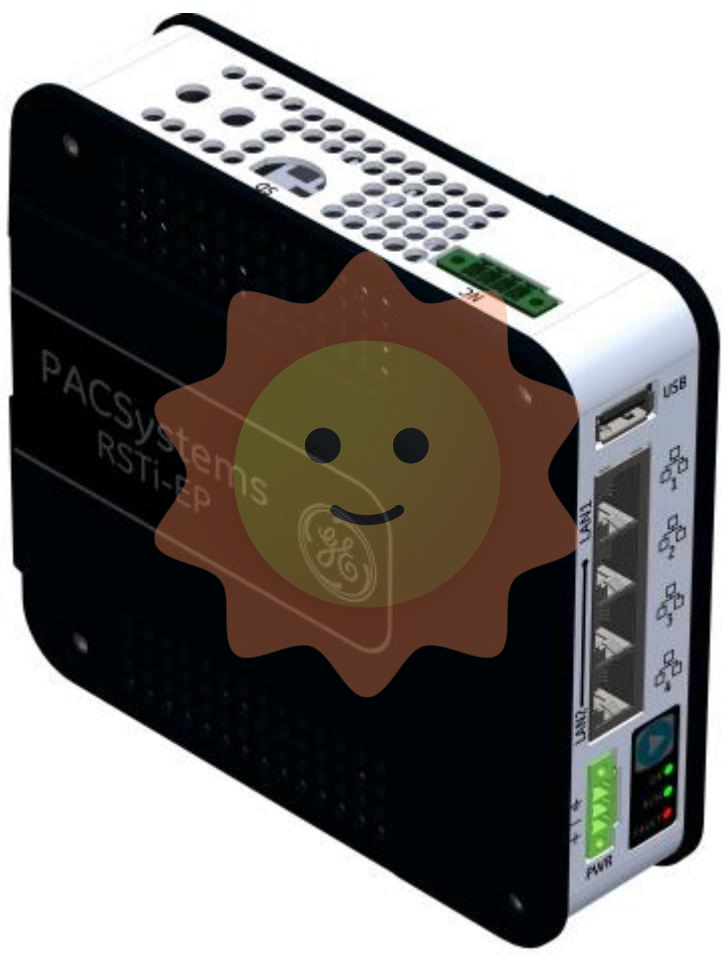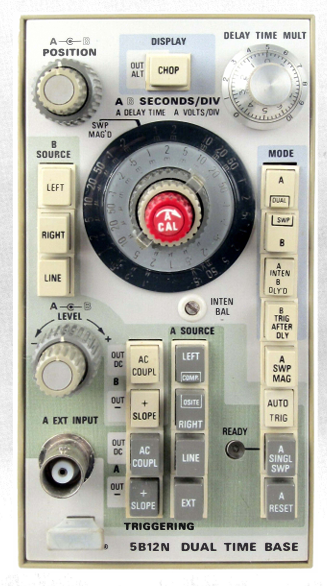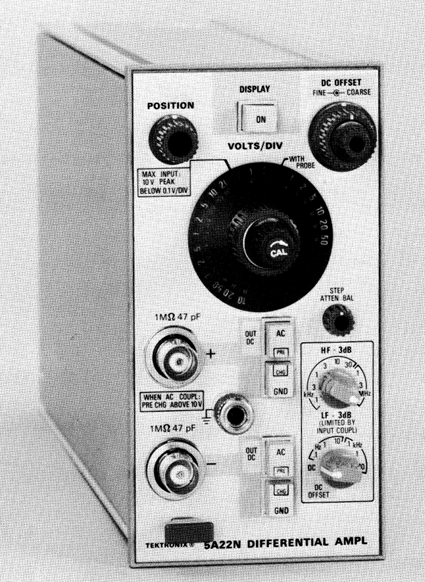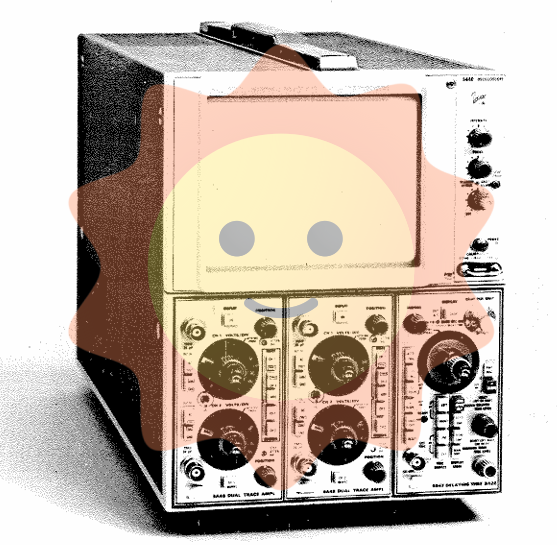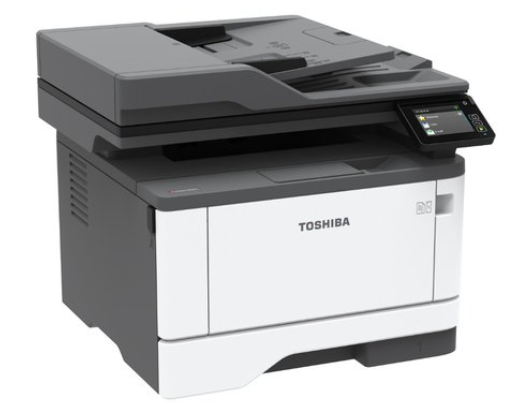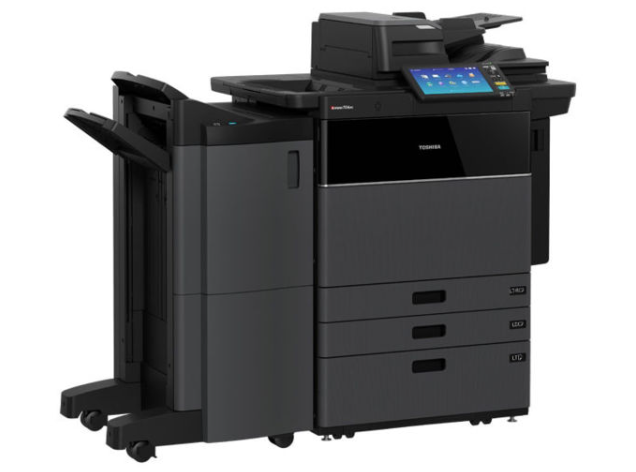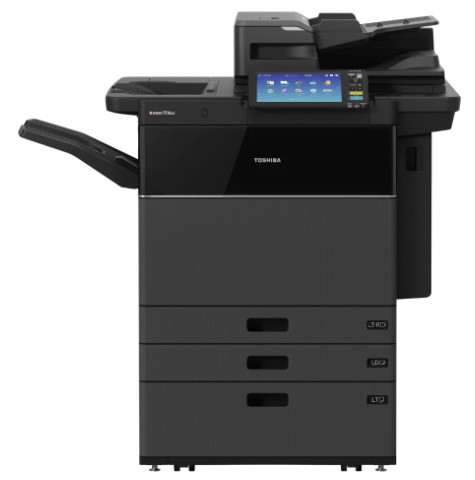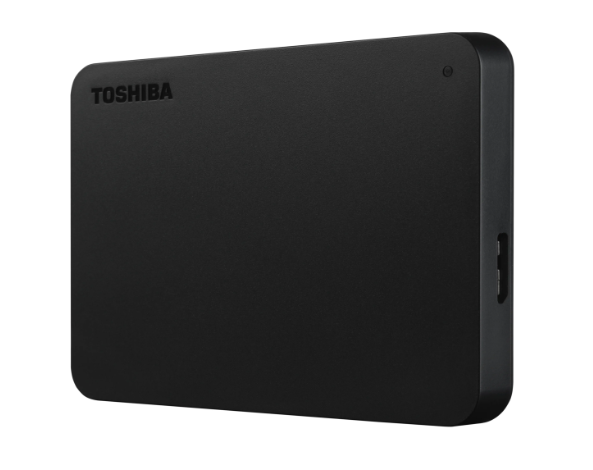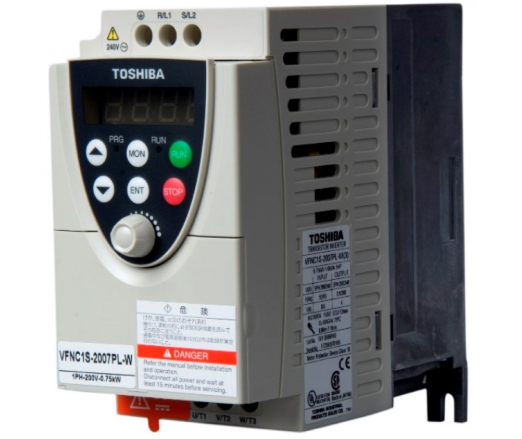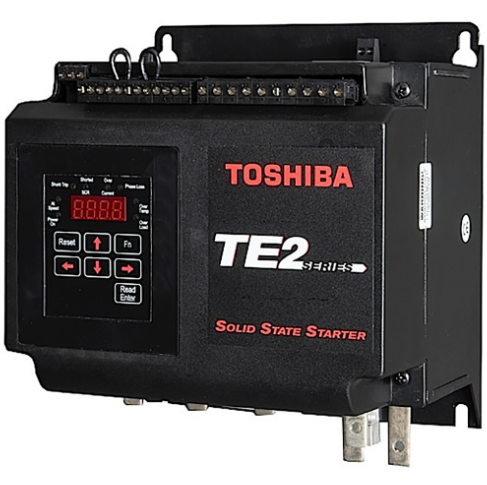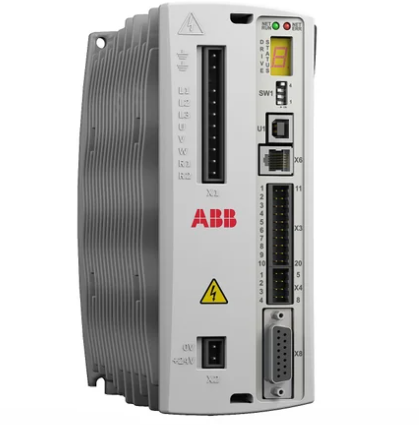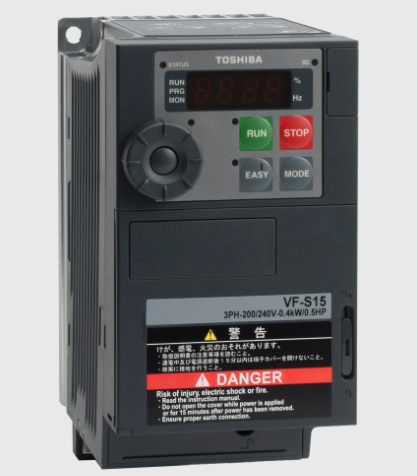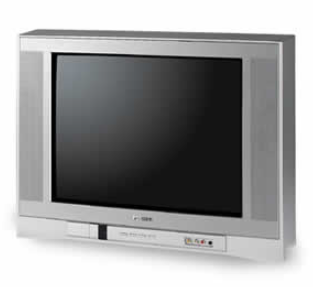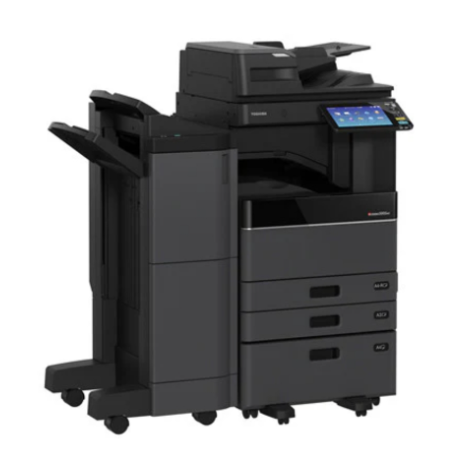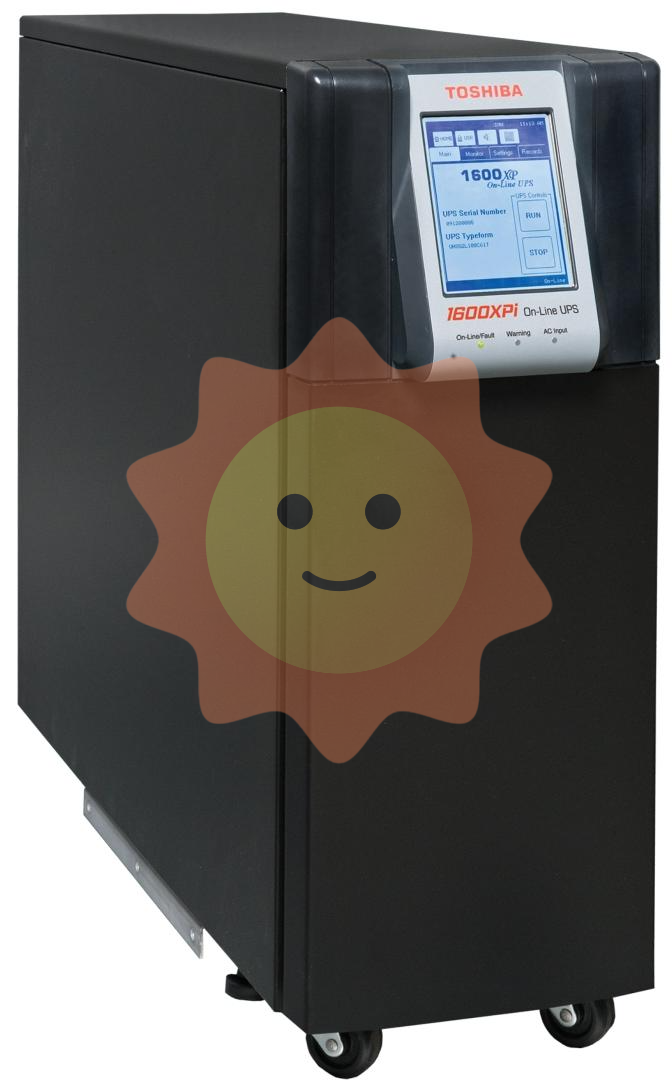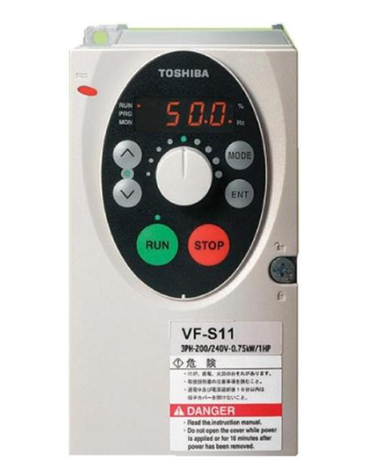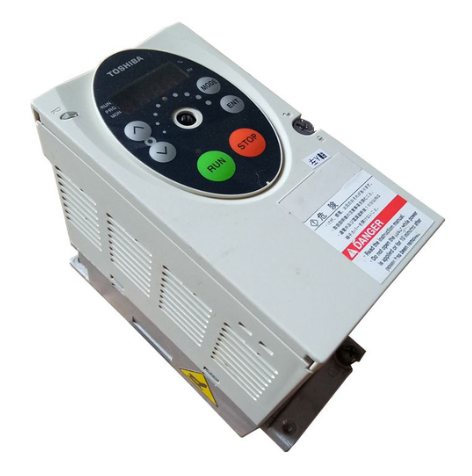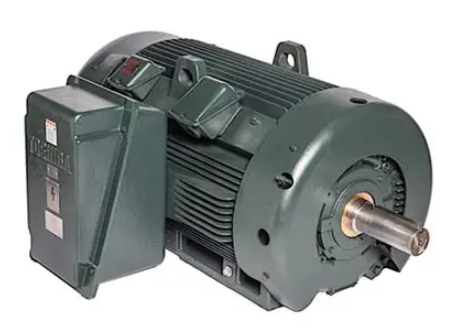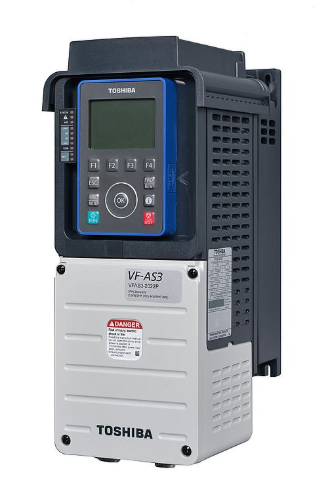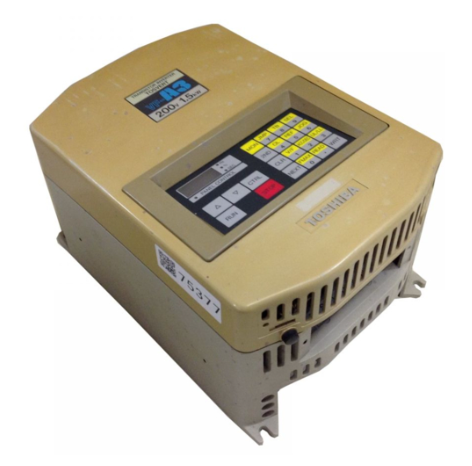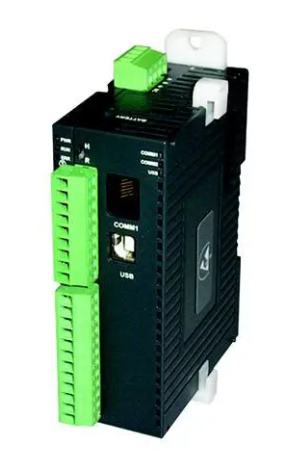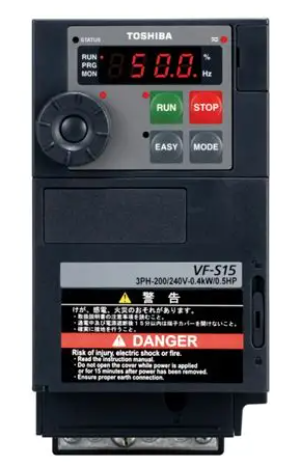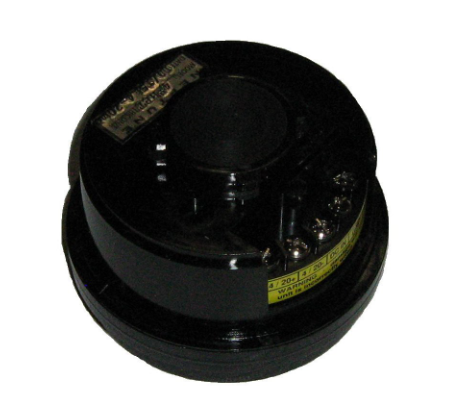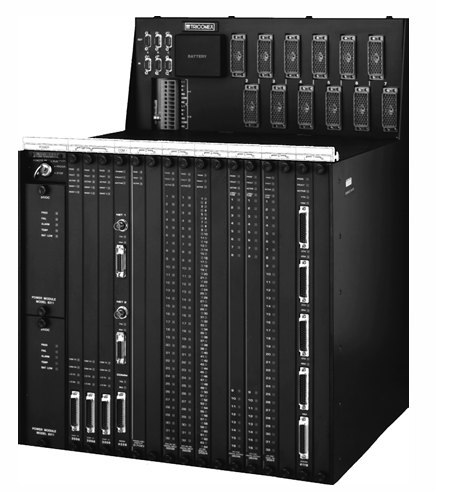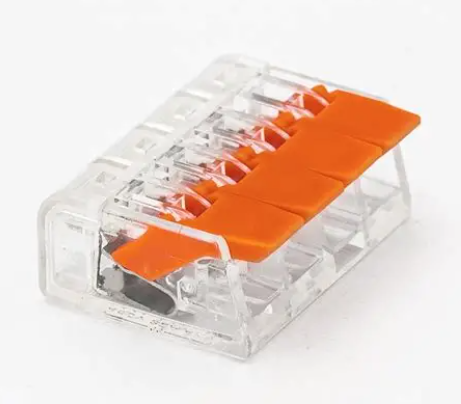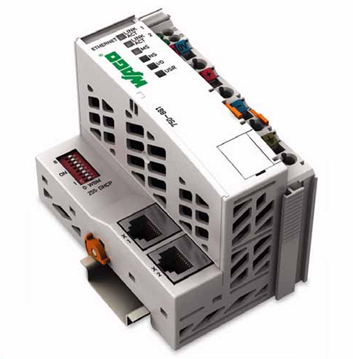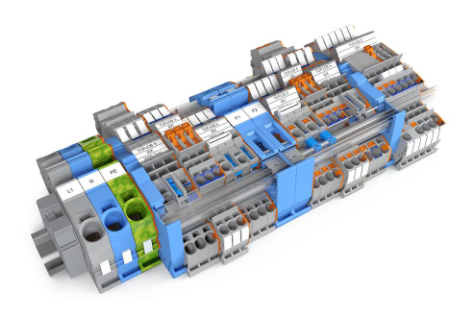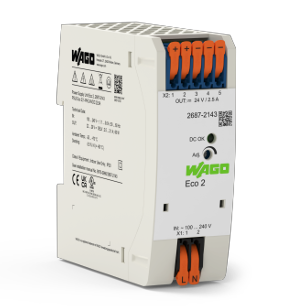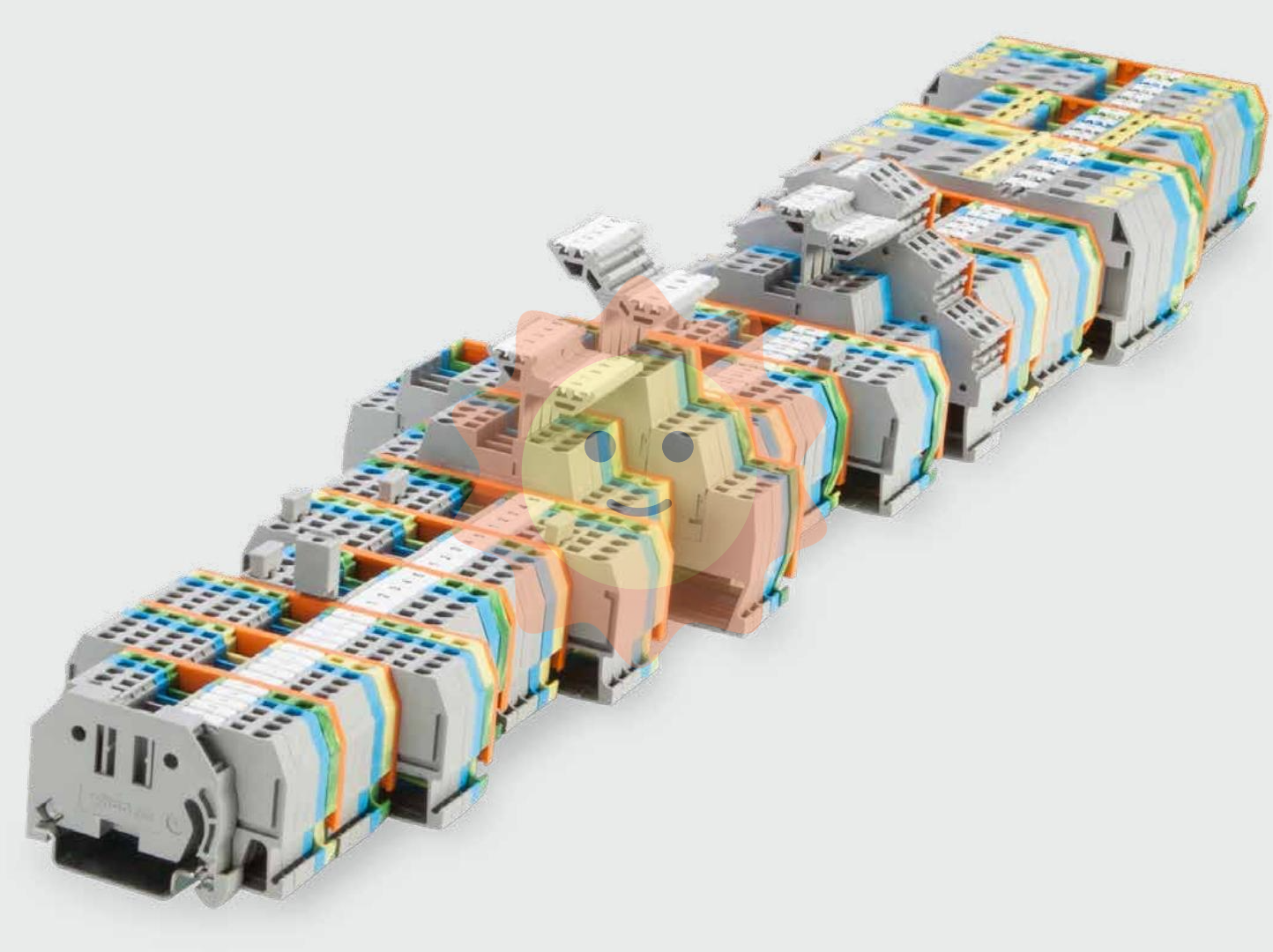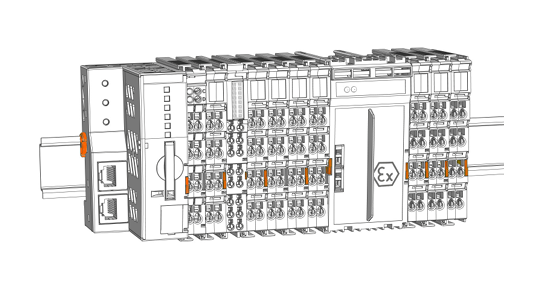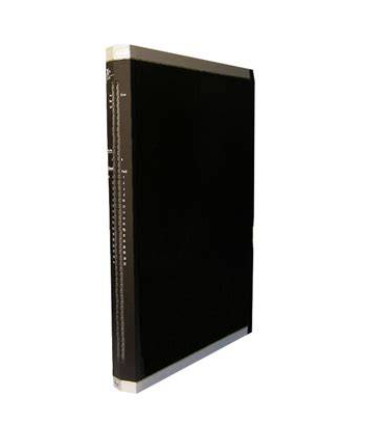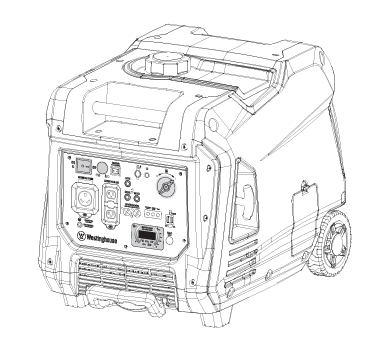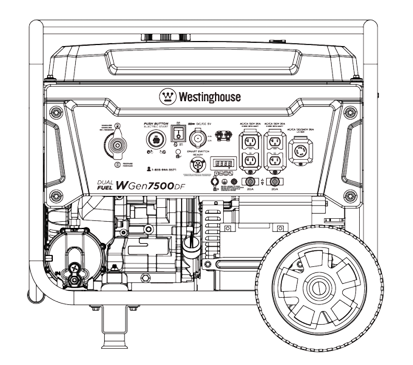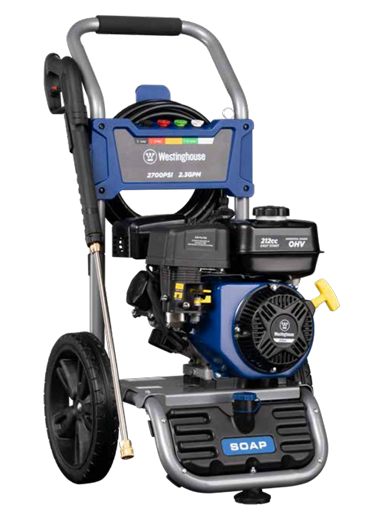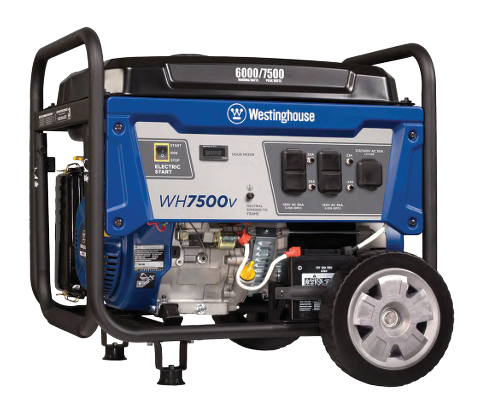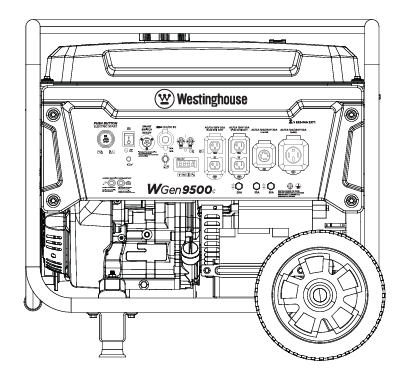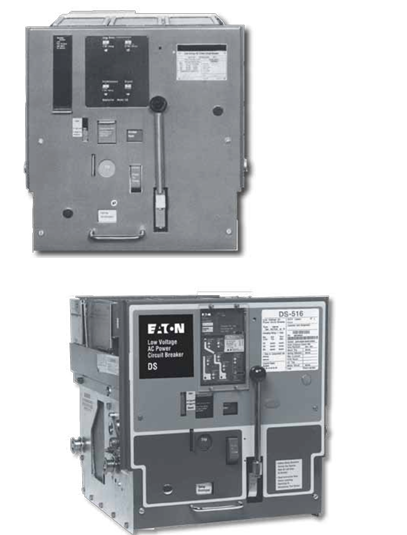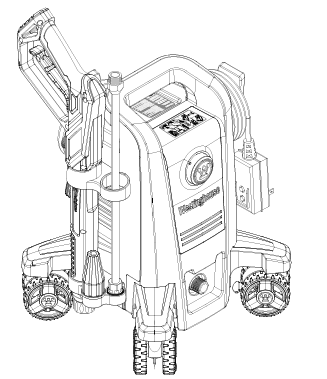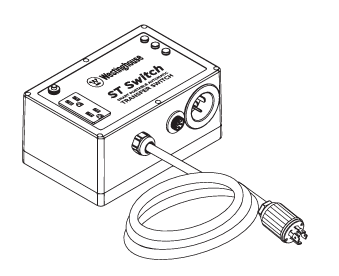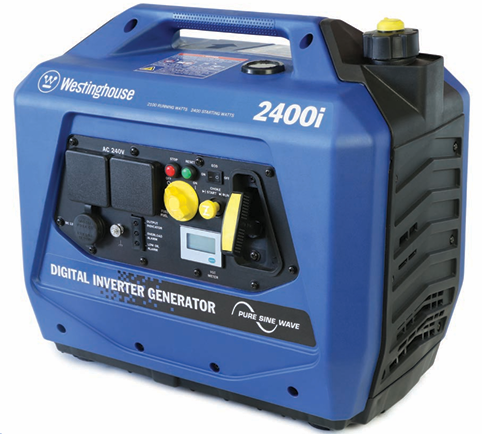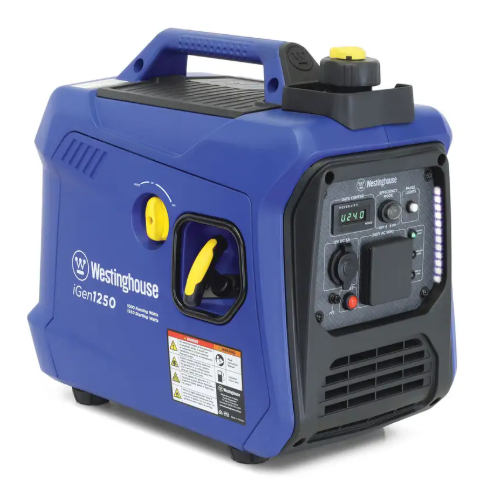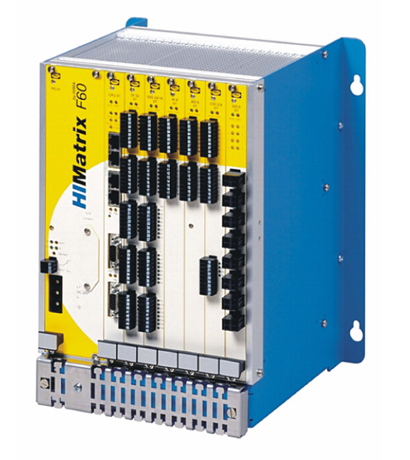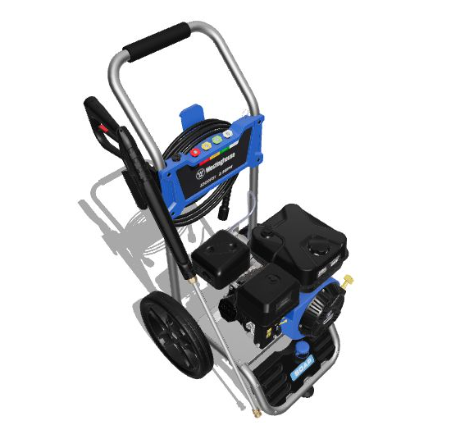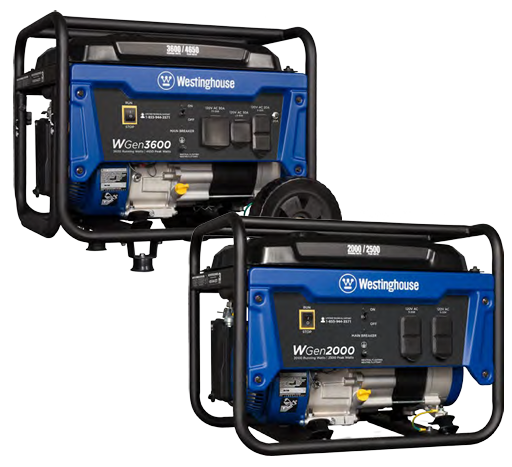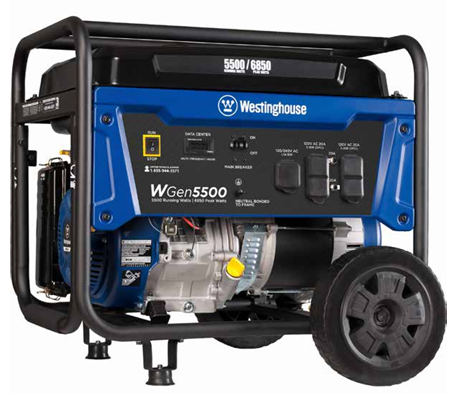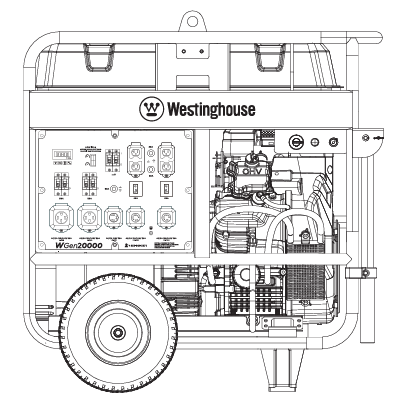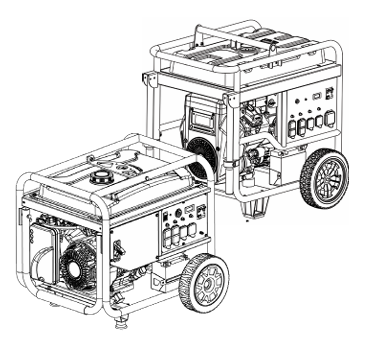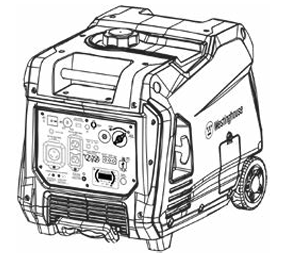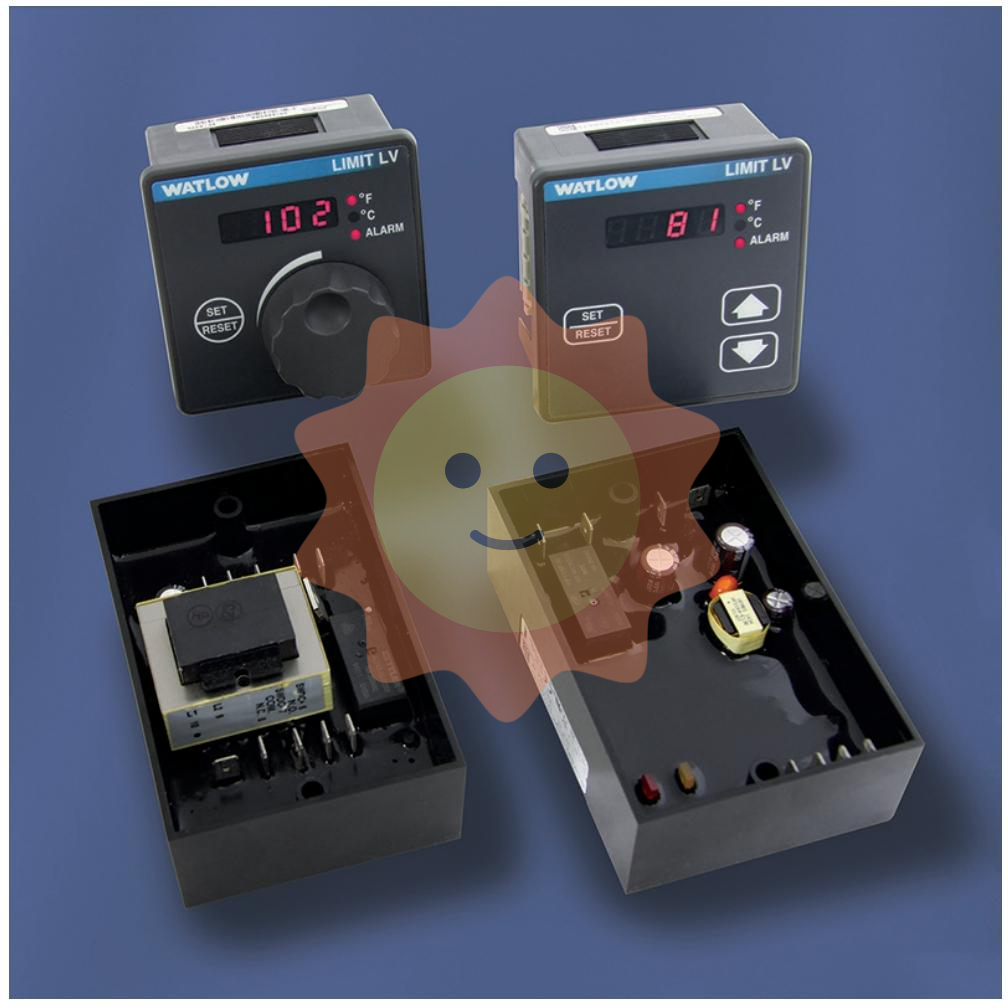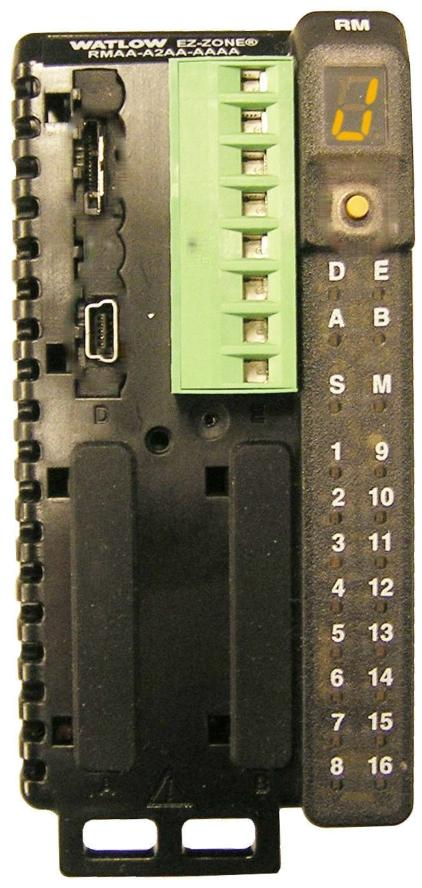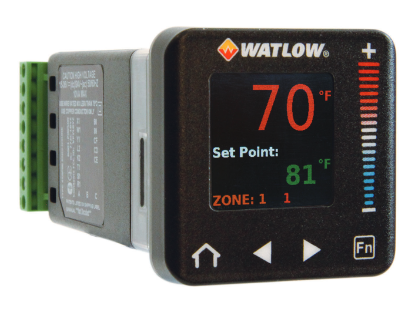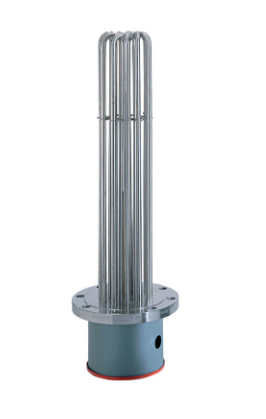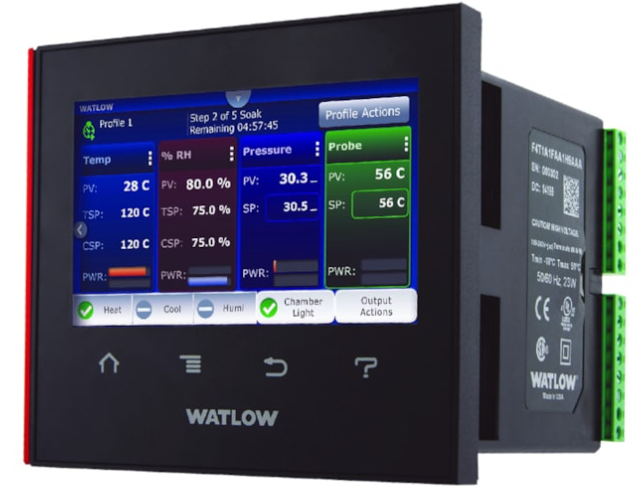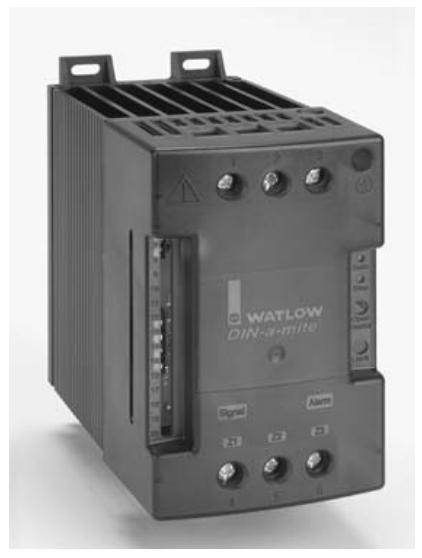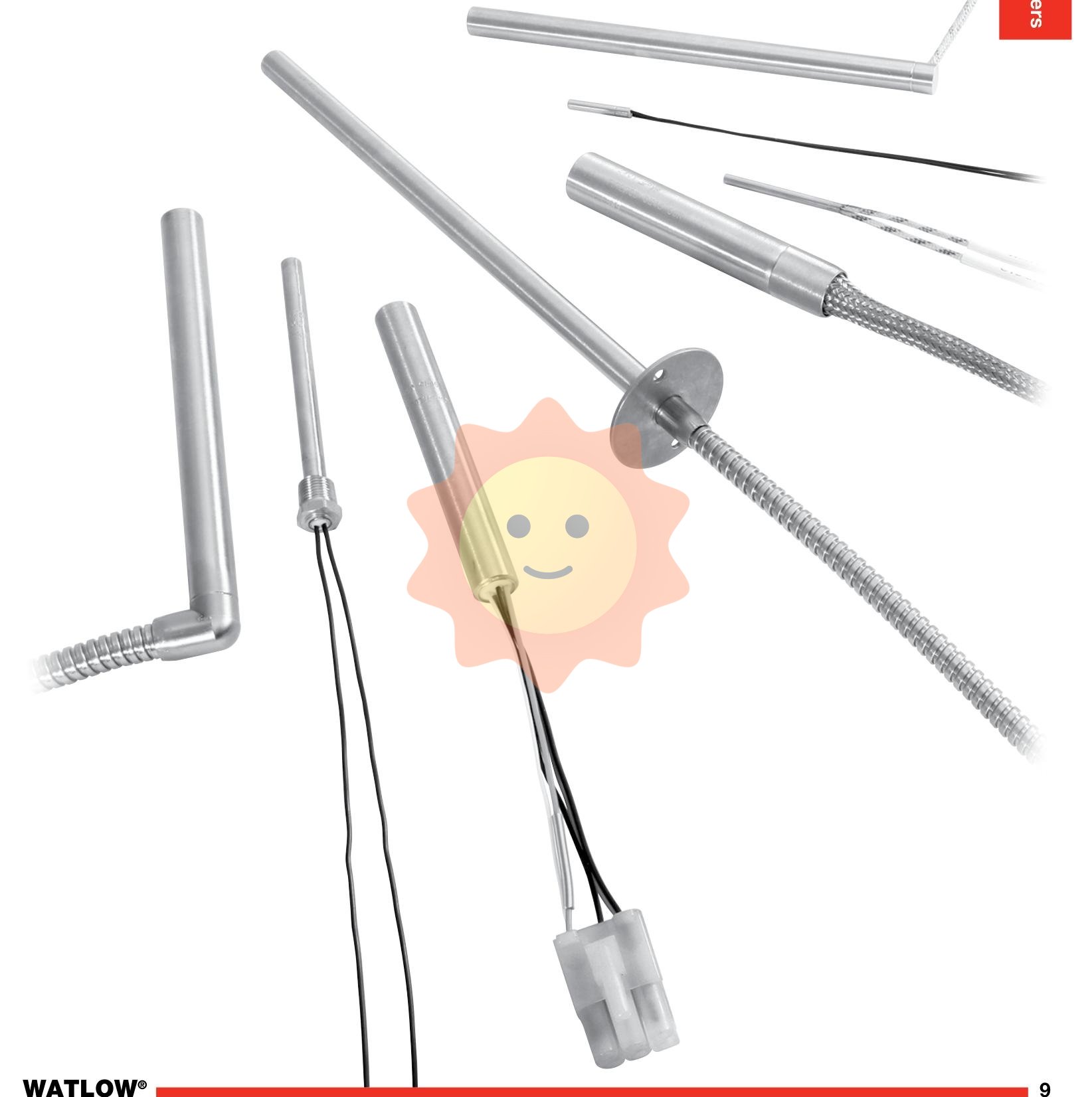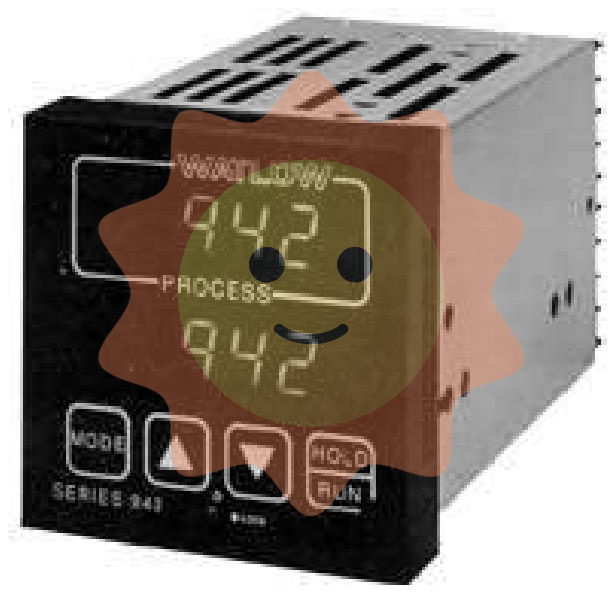ABB NDSI02 Net 90 Digital Input Module
Basic Introduction
The ABB NDSI02 Net 90 Digital Input Module is a digital input module designed by ABB for use in industrial automation and control systems, where it serves as an important bridge between external digital signal sources (e.g., sensors, switches, etc.) and the control system. “Net 90” may indicate that the module is associated with a certain network protocol or a specific network topology, and that its design may conform to specific industry standards.
Functional Features
Digital Signal Acquisition
Multi-Channel Inputs: Typically has multiple digital input channels that are capable of receiving multiple digital signals simultaneously. For example, it may have 16 or more input channels, which makes it easy to connect multiple digital devices, effectively expanding the system's ability to acquire external digital signals. This is important for complex industrial automation systems where the status of multiple devices or multiple process parameters can be monitored simultaneously.
Wide signal compatibility: Compatible with many types of digital signals. Whether the signal comes from mechanical switches, photoelectric sensors, proximity sensors or other digital devices, as long as it meets certain level standards (such as TTL, CMOS, etc.), it can be received by the module. This compatibility makes it flexible to connect with a variety of different sensors and switches during system integration, reducing the dependence on specific devices.
Signal Processing and Optimization
Signal filtering and anti-interference: In order to ensure the quality of the received signal, the module may have a signal filtering mechanism inside. It filters out noise and interference from external signals, such as clutter generated by electromagnetic interference (EMI) or radio frequency interference (RFI). This is especially important for modules operating in industrial environments, where a large number of electrical devices are usually present on the site, generating a variety of interfering signals.
Signal jitter function: For some devices that may have signal jitter (such as mechanical switches), the module may have an anti-jitter function. When the mechanical switch may generate multiple level changes at the moment of closing or disconnecting, the module can pass only the stable final state signal to the control system through the anti-dither processing, avoiding the system misjudgment caused by the signal jitter.
Network Communication and System Integration
Network connectivity: As a “Net 90” module, it is likely to have strong network connectivity. It may support specific industrial Ethernet protocols (e.g. Profinet, Ethernet/IP, etc.) to transmit the collected digital signals to the control system through the network. This type of network connectivity allows signals to be transmitted over longer distances and allows the module to be easily integrated into large industrial networks for remote monitoring and control.
Easy system integration: In terms of system integration, the NDSI02 Net 90 Digital Input Module is designed to be compatible with different control systems. It can be easily integrated into existing industrial automation systems through simple configuration (e.g. setting network parameters such as IP address, subnet mask, or configuring the functions and properties of the input channels). Moreover, it may be provided with corresponding software tools or configuration interfaces to facilitate parameterization and troubleshooting by engineers.
Technical data
Input channel characteristics
Number and type of channels: As mentioned earlier, the number of channels may be large, commonly 16 channels or 32 channels, etc. The type of channel is usually a digital input channel. The channel types are generally digital input channels, each channel can receive digital signals independently. These channels may be isolated, that is, each channel and other channels as well as the internal circuitry between a certain degree of electrical isolation, which can prevent signal interference between the channels and the spread of faults.
Input Signal Level Range: The range of signal levels that can be received typically covers common digital level standards. For TTL levels, the input high level range may be 2V - 5V, and the input low level range may be 0V - 0.8V; for CMOS levels, the range may vary depending on the specific CMOS process, but is generally within a similarly reasonable range. This ensures that the module is compatible with signals output from a variety of different digital devices.
Input Frequency Range: The frequency range of digital signals that can be received is also an important parameter. It is generally capable of handling signals with a relatively wide frequency range, e.g. from a few hertz to tens of kilohertz. This range is sufficient to cover the frequency of digital signals generated by most industrial sensors and switches.
Network communication parameters
Network protocol support: A wide range of industrial Ethernet protocols may be supported, such as Profinet, Ethernet/IP, Modbus TCP, and so on. These protocols are widely used in industrial automation and support communication and interoperability between devices from different manufacturers. For example, through the Profinet protocol, the module can communicate with Siemens PLC (Programmable Logic Controller); through the Ethernet/IP protocol, it can interact with Rockwell Automation devices.
Communication rate and bandwidth: In network communication, the communication rate is high to meet the requirements of real-time data transmission in industrial sites. For Ethernet interfaces, communication rates of 10Mbps, 100Mbps or even 1000Mbps are possible, depending on the network configuration and supported protocols. The bandwidth is wide enough to transmit multiple channels of digital signal data simultaneously without significant data congestion or delay.
Electrical Parameters
Operating Voltage and Power Consumption: The operating voltage is generally within the industry-standard DC voltage range, such as 12V - 24V DC, which matches the power supply of most industrial control systems and is convenient for powering industrial sites. Power Consumption: Under normal operating conditions, the power consumption of the module is usually low, perhaps between a few watts and a dozen watts, which reduces the overall energy consumption of the system and does not generate excessive heat during long periods of operation, which is conducive to improving the reliability of the equipment.

- User name Member Level Quantity Specification Purchase Date
- Satisfaction :
-









Email:wang@kongjiangauto.com

